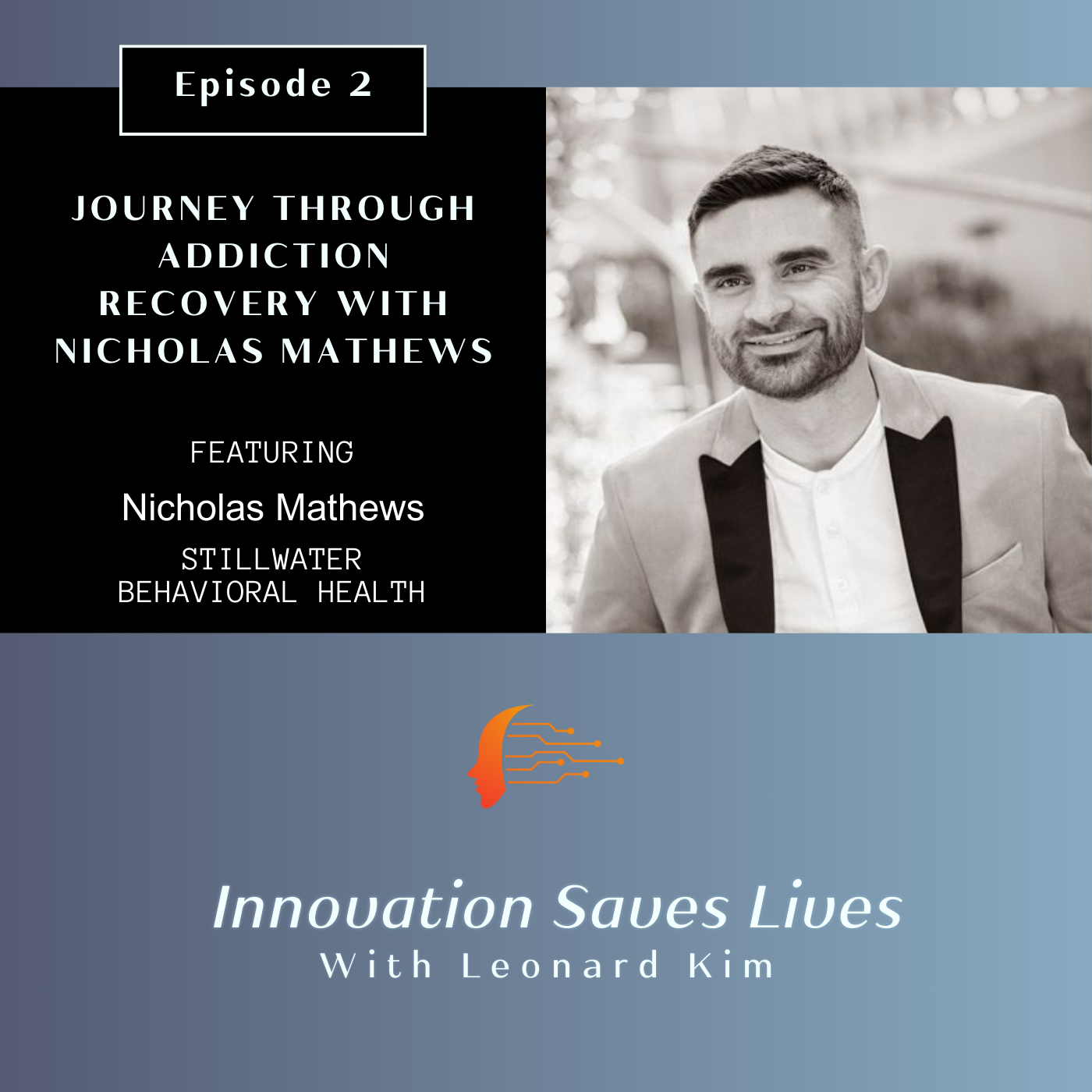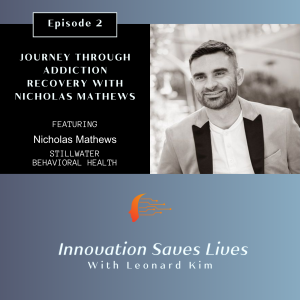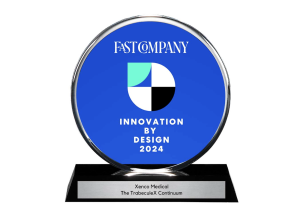Recent advancements have seen the dawn of a new era in healthcare. Medical tech (medtech) is a massive industry that is growing by today, one poised to redefine the contours of medical care and patient interaction.
With projections indicating a leap towards a staggering $996 billion market value by 2032, the medtech industry’s trajectory suggests an unfolding saga of innovation, growth, and transformation.
At the forefront of the shift is Lisa Eyo Andrews, CEO and Founder of This Is LD, whose insights highlight the pathways through which technology, global strategy, and market dynamics intertwine to catalyze this expansive growth.
At the heart of the medtech surge is a demographic shift toward an aging population, coupled with the rising tide of chronic and cardiovascular diseases. This demographic evolution is not merely a statistic but a call for enhanced medical device utility and innovation.
Andrews points to the renaissance of AI technologies and the digital transformation catalyzed by the pandemic as pivotal elements. These advancements are not just reshaping patient care but are redefining the very fabric of healthcare delivery and accessibility.
“This continued digital transformation, following the pandemic boost in telehealth and the drive towards more personalized patient care, means both industry professionals and consumers demand more of medical device capability,” says Andrews.
Moreover, in the current landscape, the allure of global expansion beckons. Andrews articulates the nuanced dance of seizing international markets, a strategy as fraught with challenges as it is rich with opportunity.
The globalization narrative underscores a pressing need to democratize advanced medical care, bridging the chasm between the haves and the have-nots of healthcare access. Yet, the march toward global reach is shadowed by the specter of financial and logistical behemoths, challenging medtech companies to navigate a path fraught with complexity.
According to Andrews, it is worth paying attention to the European vanguard, which stands as a testament to the continent’s prowess in patenting and exporting medical technology. Yet, this dominance is not merely a function of technological superiority but a complex mix of market strategy and educational outreach. This nuanced perspective underscores a critical axiom of the medtech industry: the supremacy of technological performance over marketing, a principle especially pronounced in the tender-driven European markets.
“In terms of innovation, the European countries have been ahead more recently,” remarks Andrews, who stated that 2022 saw “42% of patents for medical technology were filed in EPO countries.” This compares to 37% in the United States.
Moreover, over the past five years, Germany and the Netherlands have consistently topped export trade charts in medical devices, with France, Sweden, Italy, and the UK all ranking highly.
Andrews delved deeper into the essence of medtech’s global interplay. The success stories of countries like Germany and the Netherlands illustrate the blend of innovation, quality, and strategic market positioning. Additionally, the leadership in patent filings and exports by these European nations underscores a broader narrative of medtech’s evolution, where technological ingenuity meets market readiness.
“Germany and the Netherlands, among others, have carved out a niche for themselves not just through their innovative products but also by how they’ve navigated the complex regulatory landscapes and market demands,” says Andrews.
The blend of innovation and strategic market engagement sets a precedent for medtech companies worldwide, emphasizing the importance of not just creating cutting-edge technologies but also understanding and adapting to the varied global market landscapes.
Looking toward the future, Andrews carries a blend of optimism and realism. The medtech industry, according to her vision, stands at a crossroads of opportunity and challenge. She asserts, “As we move into 2024, the industry faces the dual challenges of meeting the escalating demand for medical technologies amidst economic uncertainties and navigating the ever-tightening noose of regulatory requirements.”













